
Humans have cast metal parts in basically the same way for thousands of years: by pouring molten metal into a mold, often made of compacted sand and clay.
To make those parts, Magnus Metals borrows elements of sand casting and 3D printing to perform what it calls digital casting.
Magnus Metals plans to sell its machines to customers as well as the proprietary ceramic that’s used to produce the bases.
And unlike 3D printing, which usually requires specific feedstocks, Magnus Metals said its system can use customer specified materials.
The method doesn’t require expensive tooling to create the bases, unlike molds for sand casting, according to the Magnus Metals.

Apple’s stance on the right to repair has now become more accommodative, with the company now supporting used parts for iPhone 15 repairs that can include the camera, display, and battery.
While Apple’s move is welcome to many, it does answer a series of questions: If your iPhone breaks, should you have the right to fix it?
If you want to fix your iPhone, should you be able to do that yourself, or be forced to go to the manufacturer?
And if you are going to fix your iPhone yourself — or pay a third-party to help — should you be able to use whatever parts will work?
Apple pushed back vocally against criticism of parts pairing, and has recently backed laws in several states that enshrine consumer repair options.
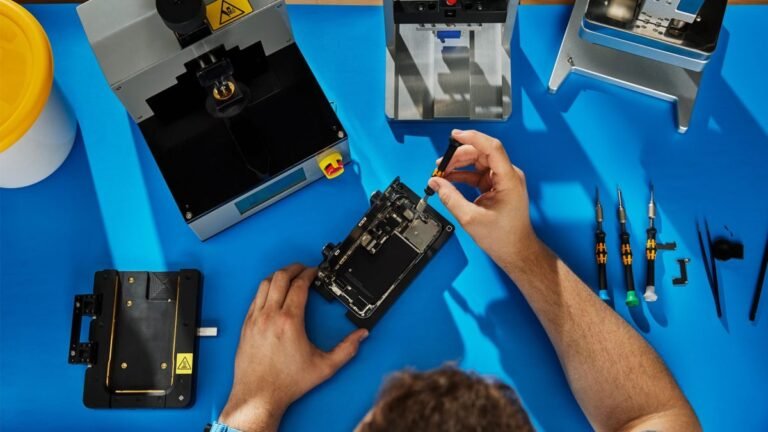
On Thursday, Apple announced that it has opened its iPhone repair process to include used components.
Today’s news adds all components — including the battery, display and camera — which Apple requires to be configured for full functionality.
“‘Parts pairing’ is used a lot outside and has this negative connotation,” Apple senior vice president of hardware engineering, John Ternus, tells TechCrunch.
“I think it’s led people to believe that we somehow block third-party parts from working, which we don’t.
Ternus cites a recent UL Solutions study as evidence that third-party battery modules, in particular, can present a hazard to users.
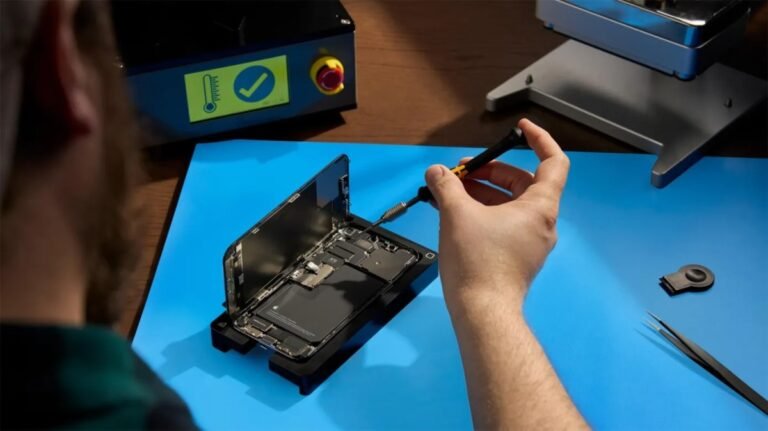
Oregon Governor Tina Kotek on Tuesday signed Senate Bill 1596 into law, joining California, Colorado, Maine, Massachusetts and Minnesota in a growing list of states embracing a right to repair for citizens.
The bill’s coauthors Janeen Sollman and Representative Courtney Neron took inspiration from California’s Senate Bill 244, which passed toward the tail end of 2023.
The iPhone maker, which had previously issued an unprecedented open letter in favor of the California bill, has said that it is mostly in favor of Oregon’s bill, with the above caveat.
We entertained many of the changes that Apple brought forward that are in the California bill.
“By eliminating manufacturer restrictions, the Right to Repair will make it easier for Oregonians to keep their personal electronics running.
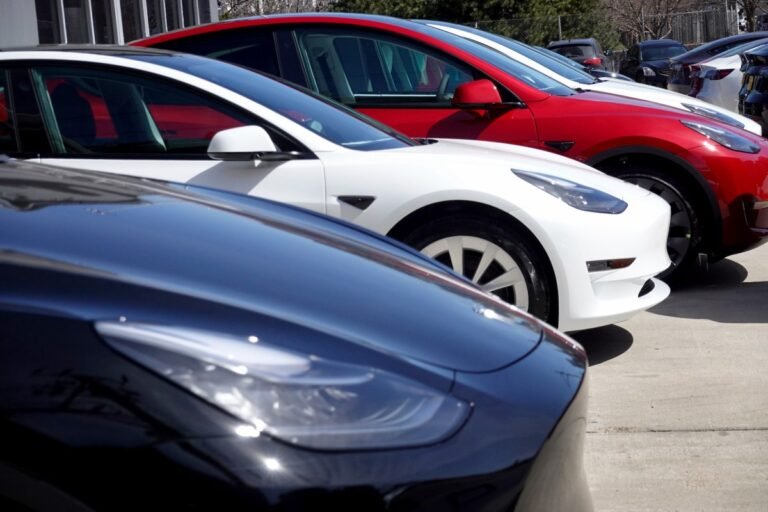
One Bay Area startup called Amber thinks it can help them navigate that minefield, starting with Tesla owners.
When owners file a claim, Amber works with qualified repair shops to find the right parts and fix what’s wrong, and will transport the vehicle.
AmberCare is the latest addition to a growing economy built around used EVs.
One group is anyone who is looking to buy a used EV but is scared away by the thought of expensive, time-consuming repairs.
There are other unexpected things to consider in the process of repairing an EV that Pak thinks AmberCare can help with, like transportation.
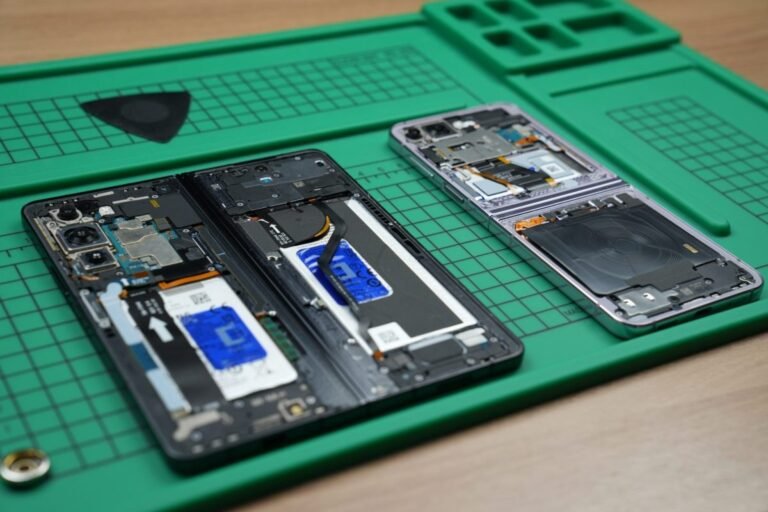
The Oregon House this week passed a right to repair bill by nearly a 3-to-1 margin at 42 votes to 13.
If signed into law, the northwestern state wouldn’t be the first the union to pass a right to repair bill (more like the fourth), but the legislation contains aggressive language that goes beyond those on the books.
“Apple agrees with the vast majority of Senate Bill 1596,” John Perry, Apple senior manager, Secure System Design, said in a testimony to state lawmakers last month.
“By eliminating manufacturer restrictions, the Right to Repair will make it easier for Oregonians to keep their personal electronics running.
they will stand on the hill on is the parts pairing.”The bill has received bipartisan support in both the state Senate and House.

Google today issued an open letter voicing support of pending Oregon right to repair legislation.
The right to repair movement has been gaining tremendous traction over the past several years.
In October, California became the third state to pass a right to repair bill — following New York and Minnesota.
The paper cited iFixit reports, noting that some seven different parts can trigger Apple’s warning system during repair.
Companies like Google and Samsung, meanwhile, have partnered directly with third-party solutions such as iFixit, including its own home repair option for Pixel devices.

Repairing personal electronics has long been something that people have done on their own, usually without the support of a manufacturer. This new law, called the “right to repair,” requires…
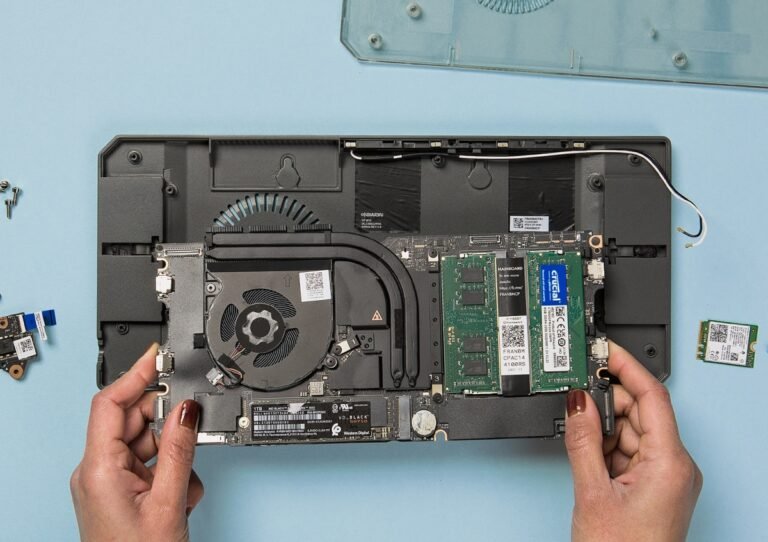
At Framework, we believe that every person should have the opportunity to work with a personal computer that is customized just for them. We have developed a unique case that…












